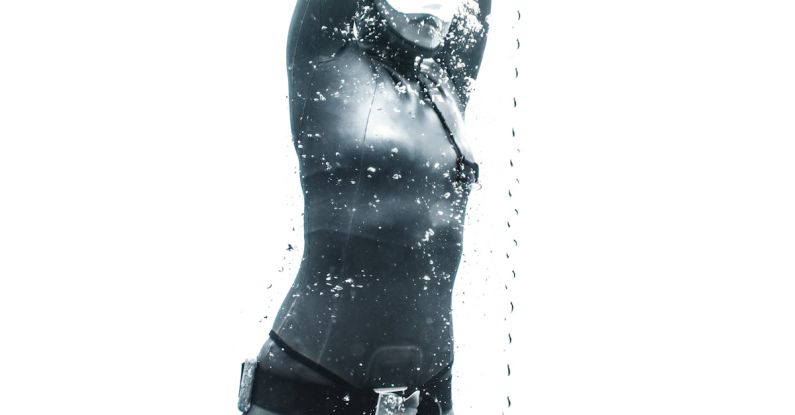Diving is an exhilarating activity that allows individuals to explore the underwater world and witness spectacular marine life. However, as with any adventurous pursuit, safety should always be the top priority. Proper ascent technique is crucial in ensuring a safe and enjoyable diving experience. Here, we will discuss the essential safety procedures to follow while ascending during a dive.
### Understanding Buoyancy Control
Maintaining proper buoyancy control is fundamental when ascending during a dive. It is vital to ascend slowly and in a controlled manner to prevent barotrauma and decompression sickness. By adjusting your buoyancy using your BCD (Buoyancy Control Device) and controlling your breathing, you can achieve a smooth and controlled ascent.
### Ascending at a Safe Rate
One of the most critical aspects of ascending properly while diving is to do so at a safe rate. The recommended ascent rate is around 30 feet per minute or slower. Ascending too quickly can lead to decompression sickness, lung overexpansion injuries, and other serious health issues. Remember, slow and steady wins the race when it comes to ascending from a dive.
### Performing Safety Stops
Safety stops are an essential part of ascending safely from a dive, especially after deep or long dives. Safety stops allow your body to off-gas excess nitrogen absorbed during the dive gradually, reducing the risk of decompression sickness. The standard safety stop is three minutes at 15 feet, but longer stops may be necessary for deeper or extended dives.
### Monitoring Your Depth and Time
Maintaining awareness of your depth and dive time is crucial for a safe ascent. Use a dive computer or depth gauge to track your depth continuously and ensure you are ascending at the correct rate. Additionally, keep an eye on your dive time to adhere to no-decompression limits and avoid exceeding safe bottom times.
### Equalizing Your Ears
Proper ear equalization is essential during ascent to prevent barotrauma and ear injuries. Equalize your ears early and often as you ascend by gently pinching your nose and blowing gently to equalize the pressure in your ears. Failing to equalize properly can result in discomfort, pain, and potential ear injuries.
### Signaling Your Ascent
Communication is key in diving, even during ascent. Use your dive buddy or group’s pre-agreed upon signals to communicate your ascent and any issues that may arise. Signaling your ascent allows your buddy to monitor your progress and assist if needed, enhancing overall dive safety.
### Maintaining a Positive Buoyancy
As you ascend, it is essential to maintain positive buoyancy to prevent rapid or uncontrolled ascent. Use your BCD to control your buoyancy and adjust as needed to maintain a slow and controlled ascent rate. Avoid ascending feet-first or head-first, as this can lead to loss of control and potential injuries.
### Preparing for Emergency Ascents
Despite following all safety procedures, emergencies can still occur while diving. Be prepared for emergency ascents by familiarizing yourself with emergency ascent procedures, including controlled emergency swimming ascents (CESAs) and alternate air source use. Practice these procedures regularly to ensure you can respond effectively in case of an emergency.
### Conclusion: Prioritizing Safety in Ascent
Ascending properly while diving is essential for a safe and enjoyable diving experience. By understanding and following these safety procedures, you can minimize the risks associated with ascent and ensure a smooth return to the surface. Remember, safety should always be the top priority when exploring the wonders of the underwater world.





